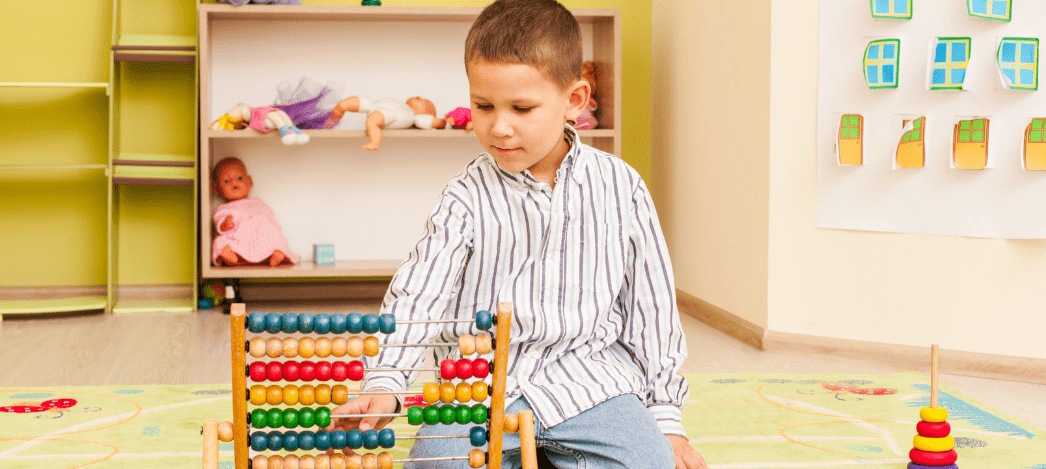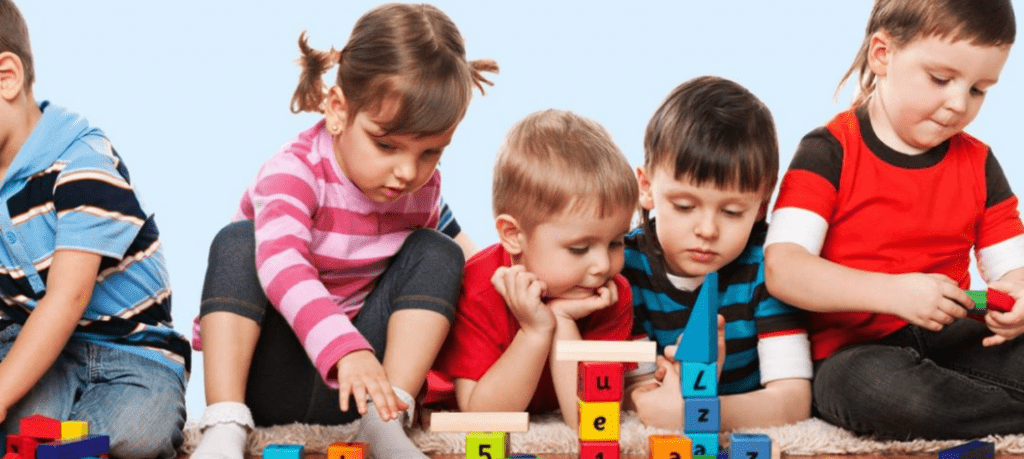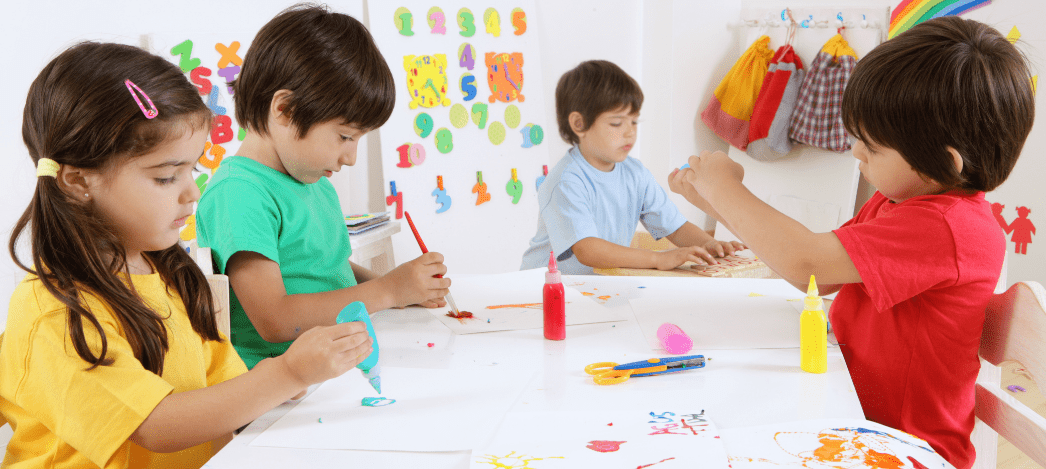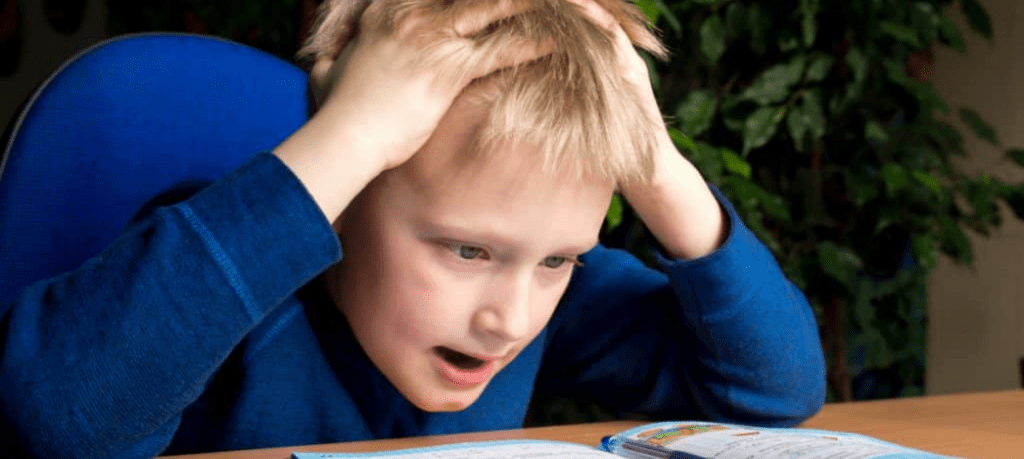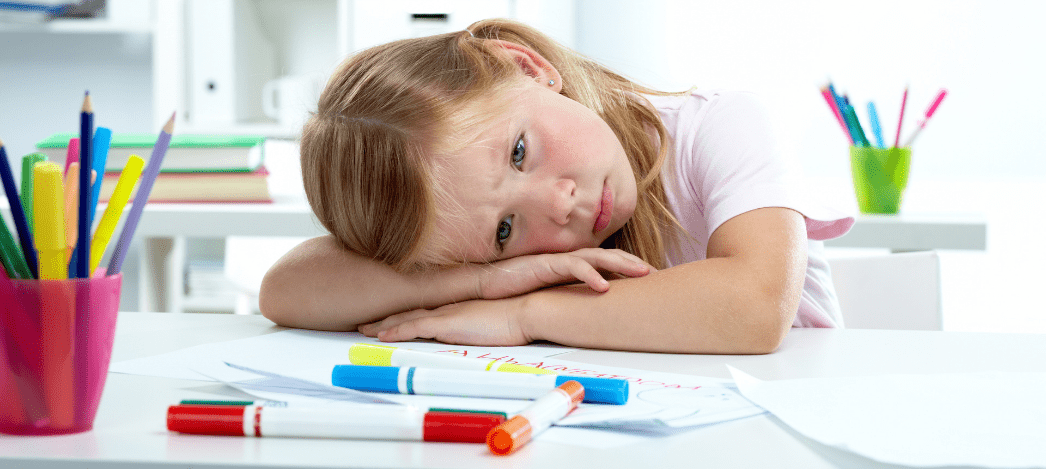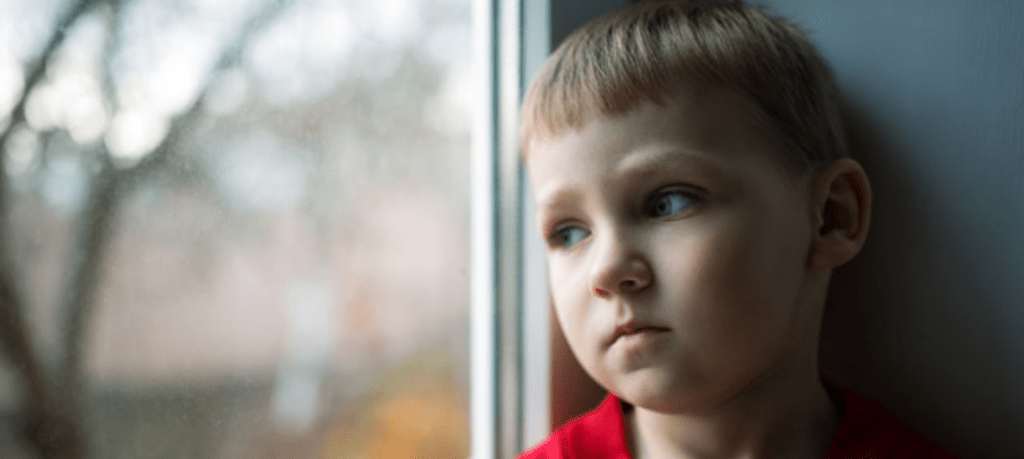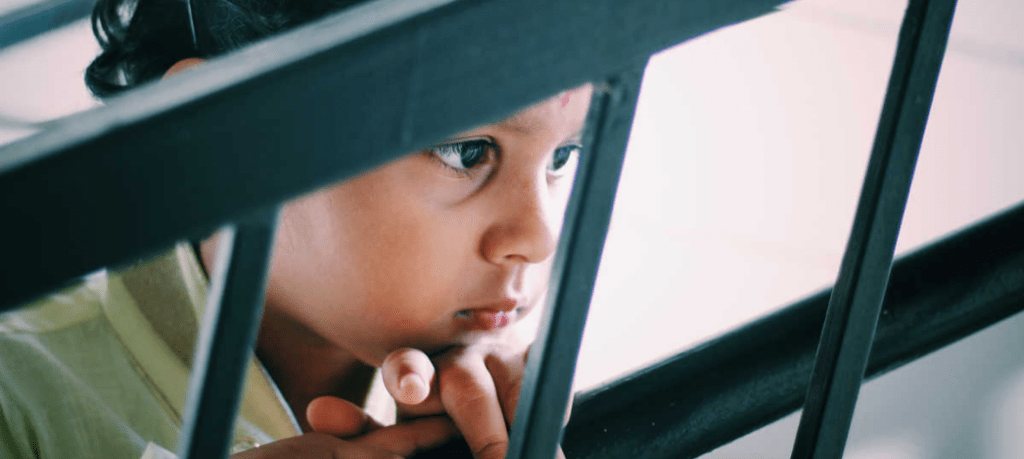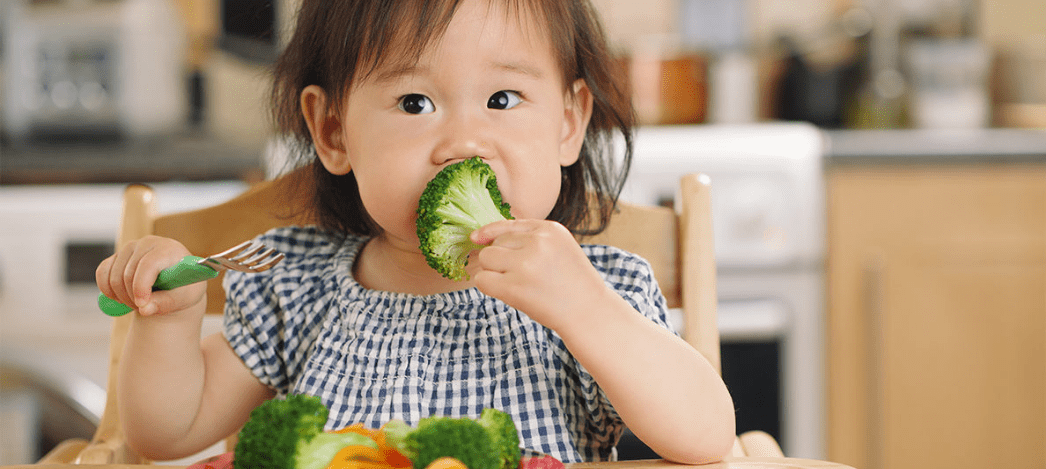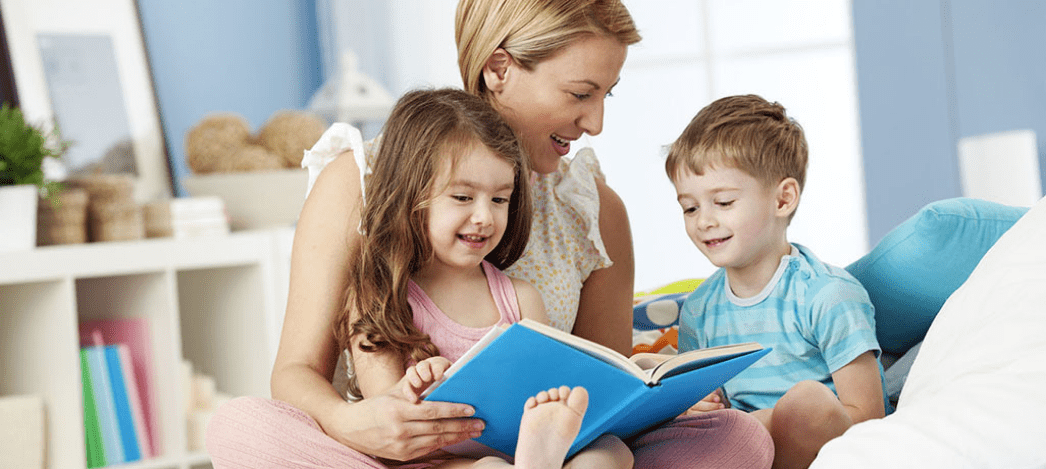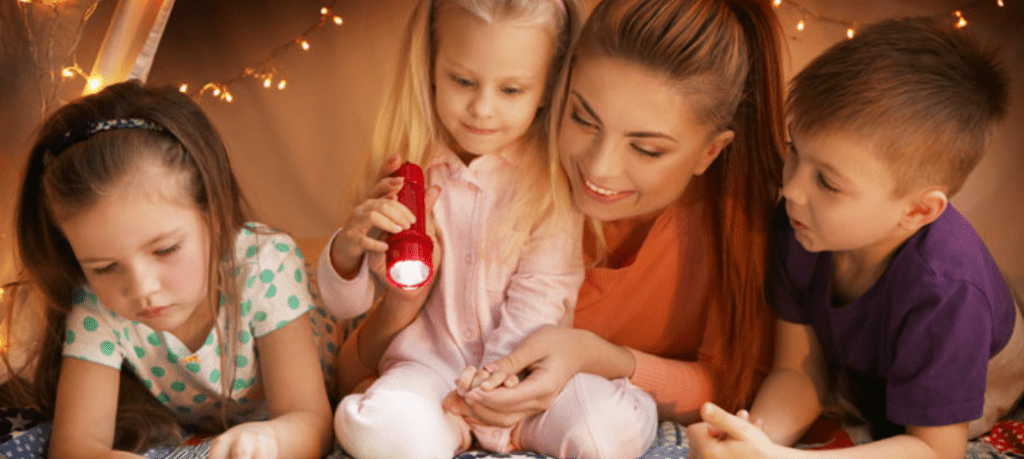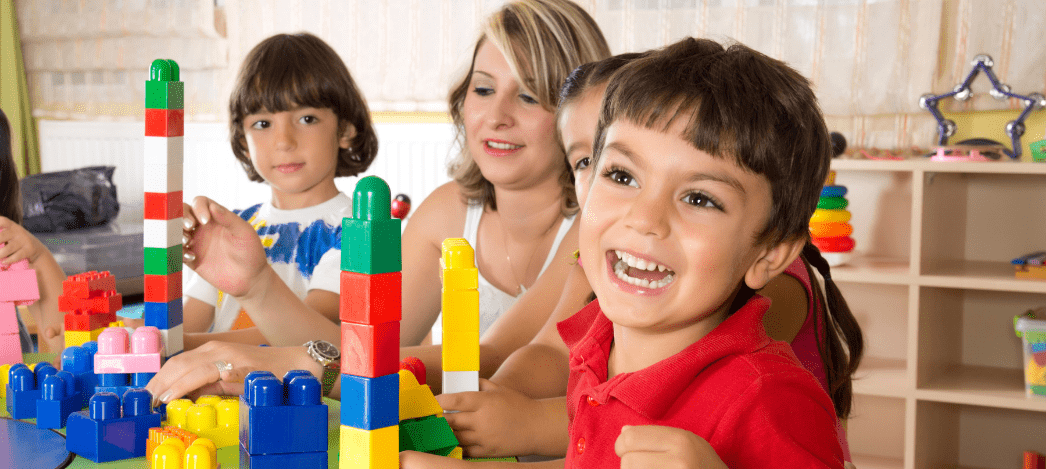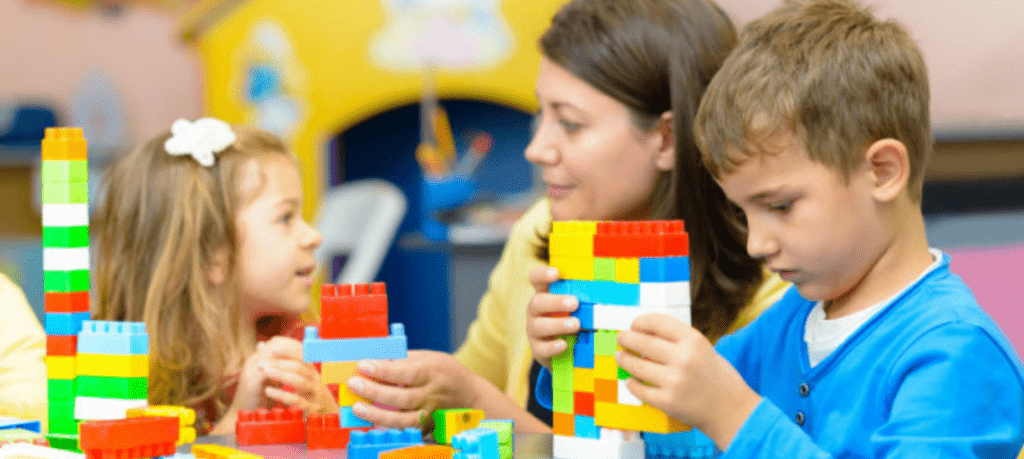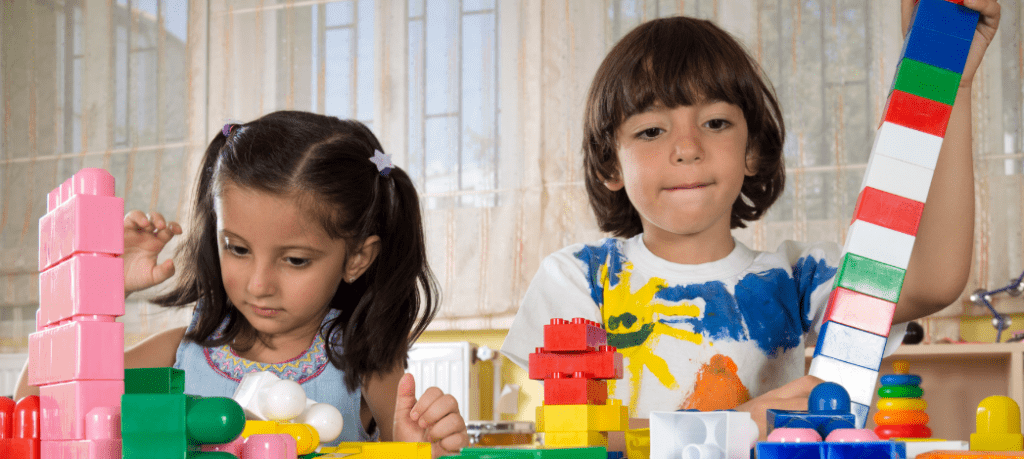A balanced diet is vital to ensure proper growth and development in children. Also, children belonging to different age groups have different nutritional requirements. For instance, a 5-year-old child’s nutritional requirement is different from an infant’s nutritional requirements. Usually, most parents are either confused or have little knowledge of the dietary requirements of their children.
Mentioned below are some tips to help parents fulfil the nutritional requirements of children aged 0–5 years.
Nutritional requirements for 0–6 months
Until babies are 4–5 months old, breastfeeding is the ideal way of providing nutrition. Not only does breast milk fulfill their nutritional requirement but also boosts their immunity. Any transition to other sources of nutrition should begin only after a baby is 6 months old.

Nutritional requirements for 6–12 months
Although babies can be breastfed until they are 12 months old, breast milk can be supplemented with pure fruit juices by the time they are 6 months old. Also, it is better to feed a 6-month-old baby from a cup instead of a bottle.
Nutritional requirements for 1–5-year-old children
- While offering food to children, parents should consider its overall nutritional value rather than focus on any one nutrient.
- Children under 3 years of age require foods that are rich in fat. They need at least 27 g of fat every day
- Consider a variety of foods to fulfil the body requirement of carbohydrates, proteins and other nutrients
- Ensure that the diet provides the optimum number of calories needed for proper growth and development.
- Encourage children to engage in at least 40–60 minutes of vigorous physical activities like jumping, dancing and running.


